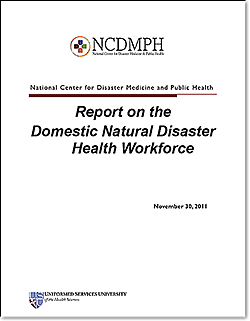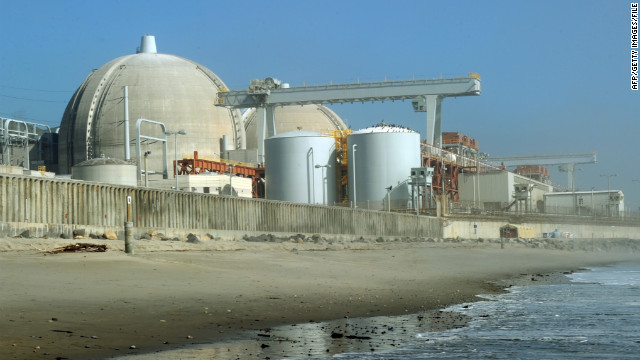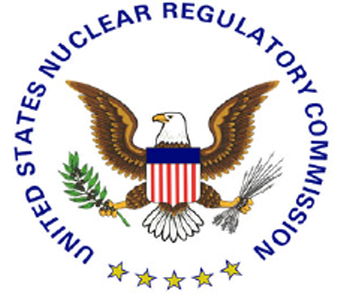 The National Center for Disaster Medicine and Public Health - ncdmph.usuhs.edu - February 1, 2012
The National Center for Disaster Medicine and Public Health - ncdmph.usuhs.edu - February 1, 2012
Greetings NCDMPH Stakeholders,
The NCDMPH is extremely proud to release the Report on the Domestic Natural Disaster Health Workforce, a landscape analysis describing selected aspects of the health professions workforce who would respond to a catastrophic domestic natural disaster.
As the main output of our workforce project, the report analyzes the core Federal departments supporting Emergency Support Function #8 (ESF#8) by examining three key occupational sub-groups (emergency and critical care physicians, emergency and critical care nurses, and paramedics) at the national, state and local levels.
The report offers 14 recommendations on a number of issues, including: double counting of responders, volunteer failure to respond, an aging medical workforce, human capital development, personnel asset visibility, readiness and the deployment of subunits.





 submitted by Mike Kraft
submitted by Mike Kraft The National Center for Disaster Medicine and Public Health - ncdmph.usuhs.edu - February 1, 2012
The National Center for Disaster Medicine and Public Health - ncdmph.usuhs.edu - February 1, 2012


Recent Comments